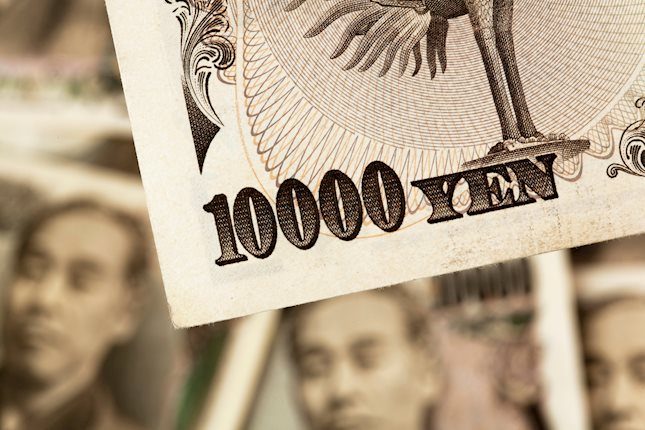There has been one book after the next on the issue of wealth and income inequality.
The latest is Inequality: What Can Be Done by Anthony Atkinson, where he argues this is an issue that cannot be left to the market, but one that requires political debate and action.
Indeed, even Republicans are talking about these issues. And Democratic candidates Bernie Sanders and Hillary Clinton are especially hitting it hard (even though Hillary epitomizes the 1%).
Books like Capital in the Twenty-First Century by Thomas Picketty delivered a number of broad strokes on the topic. Still, they’ve come at the right time and have helped bring the issue into public debate. (Despite its popularity I like his book the least because it had a lot of distortions of history. He suggests inequality is much higher today than even in Medieval or Roman times. We don’t have good statistics for back then, but I can assure you that inequality was worse when most people were slaves or peasants at best.)
The big picture is this: Inequality grows and fades in cycles as does most anything else. We’re at the height of it today, so something’s got to bring it down. And there will be a number of public policy changes in the near future to do just that.
Even beyond that, you can expect several natural shifts as well. When the financial bubble bursts, it will hit the rich much harder than the average person. After all, they own way more financial assets than the average person who owns little.
This is something we’ve been warning about for years.
Income inequality always goes to long-term extremes at the height of the fall bubble season. Think 1929 and 2007. It then falls to the lowest levels in the late spring or early summer seasons like in the mid-1970s.
In 1929, the top 1% received close to one-fifth of the income at just over 19%. One thing that Atkinson comments is that after World War II, inequality tapered off. Indeed, by the early 1970s, the top percent received a mere 8%.
Today, it’s almost back to 1929 levels: The top 1% receives 18% of the income. And in the UK, it’s back to 15.5% after bottoming as low as 5.5%, also in the 1970s.
Let me just share with you the most important graph from Atkinson’s new book:
What this shows is the change in income going to the top 1%, and the change in the top marginal tax rate, between 1960-64 and 2005-09.
Not a single one of those listed countries saw their top 1% pay higher taxes on their income between the early ‘60s and the mid-2000s!
However, a few of them – like France, Germany, and Spain – have seen almost no marginal rate cuts for their top earners. And those countries have either seen just minor increases in income inequality, or even minor declines.
The countries at the extremes of income inequality – the U.S. and UK – meanwhile saw the largest drops in marginal tax rates, nearly 50%. And surprise, surprise, they have seen massive increases in inequality.
Evidence like this makes it hard to argue not to raise marginal tax rates on the rich – especially in the U.S. and UK.
More importantly, capital gains taxes highly favor the rich. They’re as low as 15%. That percentage is nothing considering most of their income comes from those profits on investments!
So let’s be clear on one thing: Inequality will be addressed to an even greater degree in the economic crisis we see ahead. For the U.S., definitely in the next two administrations.
Economists in this area mutually agree that we’ll see higher marginal tax rates on the highest incomes in the coming decade. They see it rising to 50%. It could go even higher since capital gains will likely get raised to ordinary rate levels.
For the lower-income populations, they also predict mandatory raises in minimum wage – up to $10 to $15. They also see major investments in infrastructure that will create middle class jobs and take advantage of historically low long-term interest rates.
What the most affluent people should be worried about is protecting their income from rising taxes. There are many ways to do that, ranging from investing in safer tax-free municipal bonds, to trusts, and to life insurance-based annuities.
As for financial assets, the best way to protect those gains is simply to sell them – both before bubbles burst, and before capital gains rates get increased to ordinary tax rates.
Maybe those financial assets could go a bit higher, but it’s not worth holding out with two major threats bearing their teeth.
Recommended Content
Editors’ Picks

Australian Dollar extends gains despite mixed PMI
The Australian Dollar (AUD) continues to strengthen against the US Dollar (USD) following the release of mixed Judo Bank Purchasing Managers' Index (PMI) data from Australia on Friday. The AUD also benefits from a hawkish outlook by the Reserve Bank of Australia (RBA) regarding future interest rate decisions.

Japanese Yen fails to build on stronger CPI-led intraday uptick against USD
The Japanese Yen (JPY) attracted some follow-through buying for the second successive day following the release of slightly higher-than-expected consumer inflation figures from Japan. This comes on top of Thursday's hawkish remarks from BoJ Governor Kazuo Ueda, which keeps expectations for a December interest rate hike in play.

Gold price advances to near two-week top on geopolitical risks
Gold price touched nearly a two-week high during the Asian session as the worsening Russia-Ukraine conflict benefited traditional safe-haven assets. The weekly uptrend seems unaffected by bets for less aggressive Fed policy easing, sustained USD buying and the prevalent risk-on environment

Ethereum Price Forecast: ETH open interest surge to all-time high after recent price rally
Ethereum (ETH) is trading near $3,350, experiencing an 10% increase on Thursday. This price surge is attributed to strong bullish sentiment among derivatives traders, driving its open interest above $20 billion for the first time.

A new horizon: The economic outlook in a new leadership and policy era
The economic aftershocks of the COVID pandemic, which have dominated the economic landscape over the past few years, are steadily dissipating. These pandemic-induced economic effects are set to be largely supplanted by economic policy changes that are on the horizon in the United States.

Best Forex Brokers with Low Spreads
VERIFIED Low spreads are crucial for reducing trading costs. Explore top Forex brokers offering competitive spreads and high leverage. Compare options for EUR/USD, GBP/USD, USD/JPY, and Gold.
